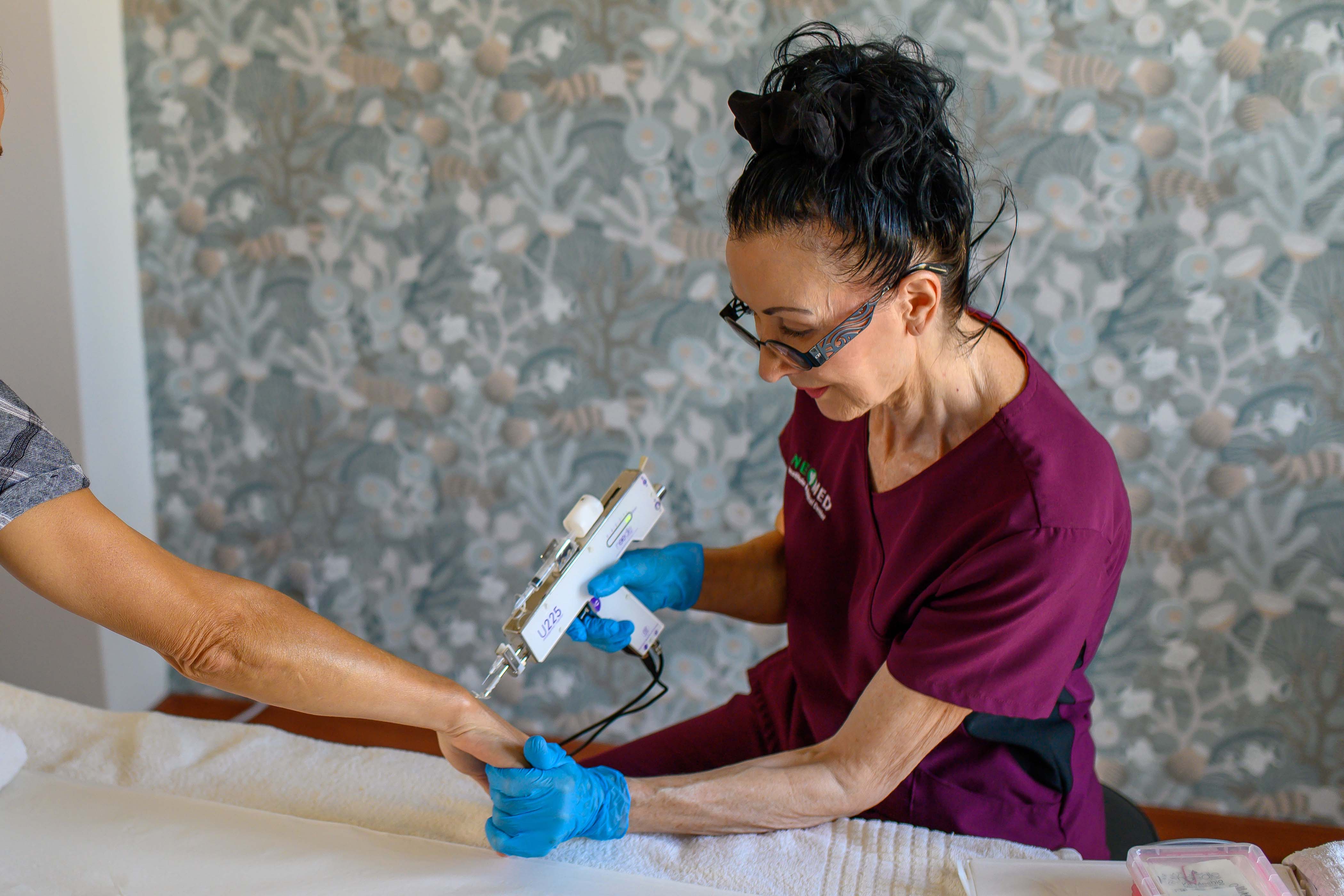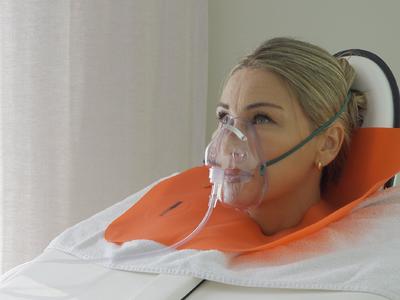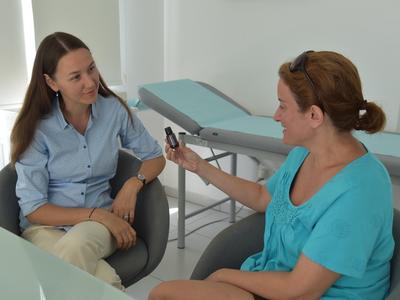Look After Your Skin
Skin is the body’s largest organ. It covers our entire external surface and consists of three layers—the epidermis, dermis, and hypodermis, all of which have different anatomical structures and functions.
This wonderful organ covers and protects us, it fights dangerous germs, and acts as a barrier to stop them getting inside the body.
Skin generates melanin, the molecule that gives us colour and offers protection from the sun's harmful rays. Also, and very importantly, it helps to regulate our body temperature.
Our skin is amazing. What else does our skin do? Well, it provides protection against microorganisms, dehydration, ultraviolet light, and mechanical damage; it is the first physical barrier that the human body has against the external environment; and sensations of pain, temperature, touch, and deep pressure start with the skin.
Here are more interesting facts:
- The average person's skin covers an area of two square meters;
- Our skin accounts for about 15% of our body weight;
- An average adult has approximately 21 square feet of skin, weighing around 9lbs (4.82kg) and contains more than 11 miles of blood vessels;
- On average we have about 300 million skin cells;
- Our skin is at its thickest on our feet (1.4mm) and thinnest on our eyelids (0.2mm);
- Skin renews itself every 28 days;
- Our skin is constantly shedding dead cells, about 30,000 to 40,000 cells every minute, which is almost 9lbs a year;
- Our skin is home to more than 1,000 species of bacteria;
- Our skin, if severely damaged, will try to heal itself by forming scar tissue, which is different from normal skin tissue because it lacks hair and sweat glands;
- Skin can form additional thickness and toughness — a callus — if exposed to repeated friction or pressure;
- Our skin has at least five different types of receptors that respond to pain and touch;
- Changes in your skin can sometimes signal changes in your overall health, for instance, persistent skin rashes or changes in skin colour can signal issues like allergies, hormonal imbalances, or even more severe conditions like diabetes or liver disease.
If our body lacks nutrition then our skin condition will reflect it.
Love the skin you’re in, look after it, nurture it and it will look after you.
Margaret Graham
Aesthetic Nurse







